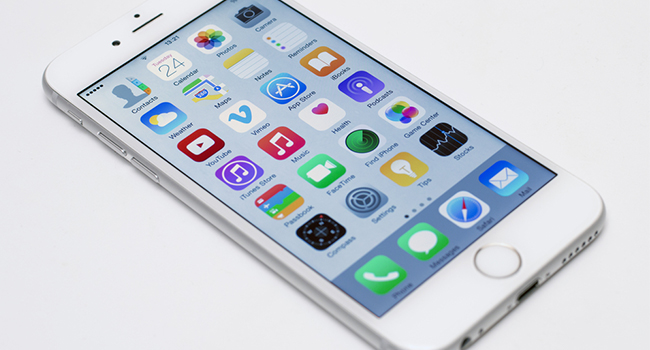
FBI Paid Over $1 Million to Break into iPhone
- By Sydny Shepard
- Apr 22, 2016
The Federal Bureau of Investigation has finally been able to get into the iPhone that was believed to be owned by one of the San Bernardino shooters, but based on the comments made by Director James Comey, was it worth the price?
In March, the FBI had announced that they had finally been able to crack the code of the San Bernardino device and successfully extract the necessary data to aid in their investigation. The case had created a lot of buzz based on the lawsuit the FBI placed against Apple because they refused to help create a backdoor in the software that would unlock the phone. The FBI was able to contract an unidentified third party to unlock the phone and eventually dropped the case against Apple.
On April 21, at a press conference, Comey said that the agency paid more to get into the iPhone than he will make in the remaining seven years and four months he has left on the job. According to figures from the FBI and the U.S. Office of Management and Budget, Comey’s annual salary is $183,000. Without a raise or a bonus, Comey will make $1.34 million over the remainder of his job.
The numbers suggest that the FBI has paid the largest ever publicized fee for a hacking job.
Comey says that he believes that it was worth it based on what the agency found, or didn’t find on the device. The investigators did not find any evidence that Syed Farook, one of the shooters in the tragic event, had been communicating with anyone else in the 18-minute gap that the FBI had said was missing from their time line of the attackers whereabouts after the mass shooting in California.
The phone also did not contain any evidence of contacts with other ISIS supporters or the use of encrypted communication during the period the FBI was worried about.
The FBI says they are still working through the data found on the phone, but have concluded that they were able to access data they wouldn’t have been able to know otherwise.
About the Author
Sydny Shepard is the Executive Editor of Campus Security & Life Safety.